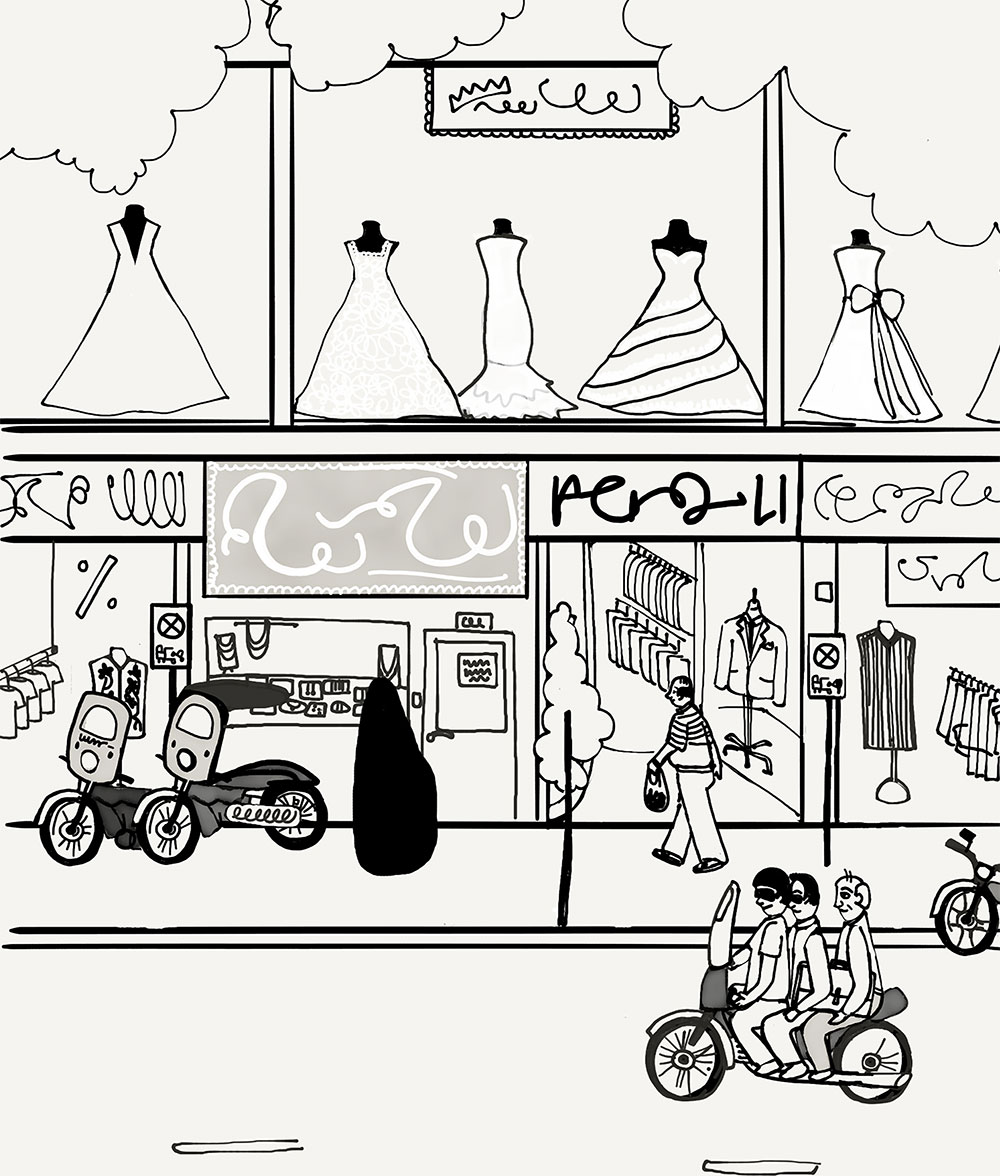
Comic Book Histories of the Middle East


What Class?
of the Middle East
By exploring history this way, I hope students come to see that the Middle East isn’t a homogenous region with a clearly defined trajectory — there’s diversity of religion, ethnicity, race, political ideologies, class and more, all of which contribute to how Middle Eastern stories or histories are told.
The class is taught in reverse chronological order. It begins with the period that should seem the most familiar to students — Lebanon’s October 2019 Revolution — and goes backward into the mid-20th century. This approach helps them see that even though the characters and contexts change, the humanity remains a constant. It is much easier to learn about new histories when we have a relationship with a character rather than a laundry list of dates and terms. History is a process that students can participate in because all histories, ultimately, are by and about people.
I want students to understand that history isn’t just a timeline of things that happened but that everything we discuss had an enormous impact on entire populations of real people. And I want to show them that histories can be drafted, documented and shared in a variety of ways — including graphic novels.
— Beeta Baghoolizadeh